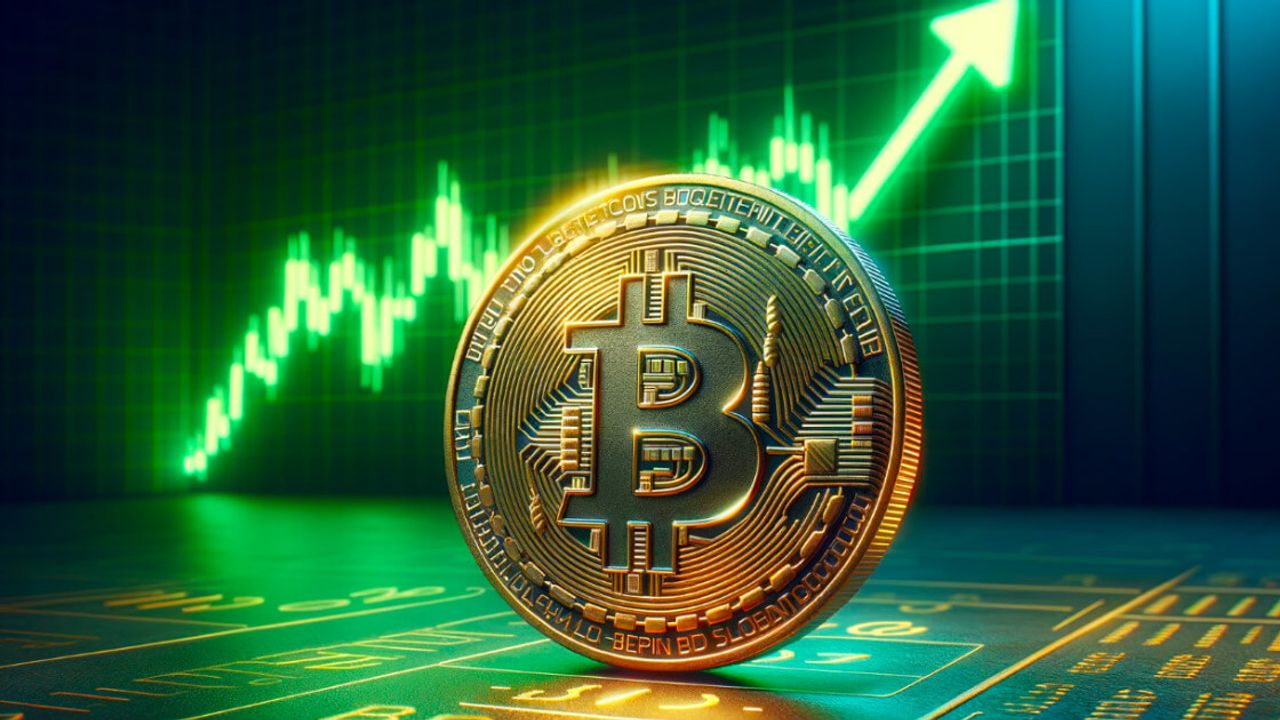In this article, we will discuss some of the factors behind Bitcoin's recovery.
Is the wind reversing in macro data?
Macro factors have undoubtedly played a major role in the Bitcoin price's failure to perform as expected in the post-halving period. The tensions between Iran and Israel led investors to turn to gold rather than risky assets, shifting the focus away from cryptocurrencies.
In this process, the change in expectations about when the US Federal Reserve (Fed) will start cutting interest rates also put pressure on BTC. The recent higher-than-expected US inflation data has led to concerns that the Fed would perhaps raise interest rates, let alone cut them.
Eyes were on chairman Jerome Powell, who will take to the microphones after the Fed's interest rate decision this week.
Speaking to the press after the Federal Open Market Committee (FOMC) meeting on Wednesday evening, Powell reassured investors that further rate hikes were unlikely. The message that the dose of tightening will not increase led to an increased appetite for Bitcoin and altcoins.
The fact that the average hourly earnings announced in the US on Friday were limited to 0.2 percent, despite expectations of a 0.3 percent increase, renewed investors' appetite.
Week of firsts in Spot Bitcoin ETFs
Spot Bitcoin ETFs, which were approved in the US in January, started trading in Hong Kong last week. The industry is speculating that spot funds will start changing hands in Australia in the coming period.
Although spot exchange traded funds do not put a huge financial pressure on BTC price, investors have started to accept daily data as an indicator. During the week, the stagnation in spot BTC ETFs in the US, as well as BlackRock's IBIT fund seeing negative daily data for the first time, had dampened morale.
The last session of the first week of May saw another first for spot ETFs. Since January 11, Grayscale Bitcoin Trust (GBTC), which has seen continuous outflows since January 11, gave the green light for the first time.
According to data from Farside Investors, on May 3, 2024, the GBTC fund received $63 million in inflows. GBTC surpassed IBIT, which had an inflow of $12 million on Friday.
Will the rise in BTC continue?
Expectations in the cryptocurrency market at the beginning of 2024 were quite high. Most experts and investors believed that there would be a big rally in altcoins, with Bitcoin running into six figures.
However, it is worth remembering that in January 2024, the investment and financial world was pricing in the Fed starting to cut interest rates in March.
This scenario was shelved as inflation and economic activity in the US exceeded expectations.
Today, however, after some turbulent days, there is a belief across the ocean that monetary easing will start towards the end of the year. According to FedWatch data, November and December are the first meetings when markets expect a clear rate cut from the Fed.















